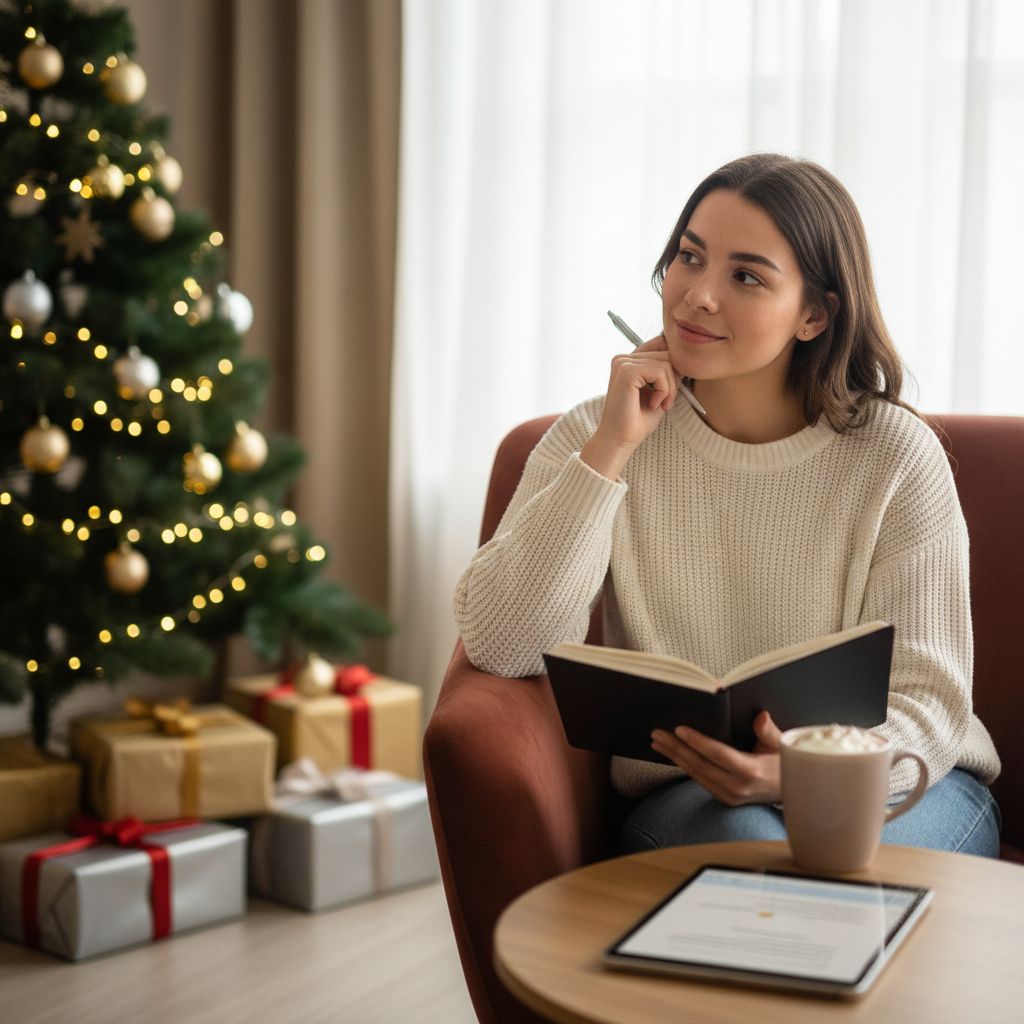Part 1 | The 6 Principles of Influence and How-to Manipulate Your Messaging
Justin Babcock • September 10, 2019
I recently finished reading Influence: The Psychology of Persuasion and was blown away.
The six ideas presented in the book are simple, but often over looked.
One, we don't like to owe someone. Two, we are consistent in our actions. Three, whether we like it or not, we follow the crowd.
Four, we listen to authority. Five, we work with people we like, and, six, we make quick decisions when things are scarce.
In marketing, we should intuitively use these principles in persuasive writing. At Web Education Services, this isn't an option. We mandate that our writers identify the target influences. And our writing is improving because of it.
Here's a rundown of how to use each method of persuasion in your content marketing:
Reciprocation
The principle of reciprocity is the need to repay someone for what they've done. Think about it this way; if your buddy buys a round of drinks, you feel obligated to buy the next beer.
However, more often than not, the person who "owes" repays the debt and then some. Think about it this way.
Your friend mows your lawn. Two weeks later, he asks you to help him paint his house. You feel obligated to help, but his hour of work does not equal a weekend project. You help anyway, and aftward, neither party feels indebted. Sound familiar?
In marketing, you can use the principle of reciprocity to influence your pipeline. Giving little things and ask for more in return. Use the principle of reciprocity to shape your marketing.
Commitment and Consistency:
The principle of commitment and consistency states that we want to appear consistent with what we've already done. If we make a choice, we will make a stand later to stay consistent with that choice and become more committed.
You can use the principle of commitment and consistency by getting people to agree to little things and influencing their actions. Think about the last time you got an email, "how did we do" with the option to give a thumbs up or thumbs down.
You click thumbs up because you genuinely like the product. Then you get asked to give a 0 to 10 rating. You just gave a thumbs up, so you feel the need to provide a score, typically seven or higher.
Then you are asked again, "can you give us a 5-star review on Google?" It's hard to say no after giving a higher satisfaction rating. The real trick is in the ask, "can you give us 5-stars?" If you agree to go to the next stage in the funnel, you are committing to 5-stars.
In marketing, you can use the principle of consistency to create funnels that include simple compounding commitments to influence behavior. None of these tactics is 100%, but the more you can affect people. The better your marketing RIO will be.
Social Proof:
The principle of reciprocity is the need to repay someone for what they've done. Think about it this way; if your buddy buys a round of drinks, you feel obligated to buy the next beer.
However, more often than not, the person who "owes" repays the debt and then some. Think about it this way.
Your friend mows your lawn. Two weeks later, he asks you to help him paint his house. You feel obligated to help, but his hour of work does not equal a weekend project. You help anyway, and aftward, neither party feels indebted. Sound familiar?
In marketing, you can use the principle of reciprocity to influence your pipeline. Giving little things and ask for more in return. Use the principle of reciprocity to shape your marketing.







